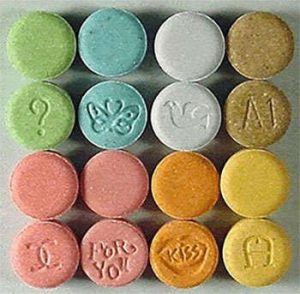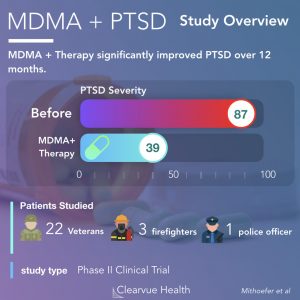Salmon species are considered an integral part of our ecosystems today but their populations have been slowly decreasing over time due to many external factors such as overfishing. But, what would happen if this decline was so great that all the salmon were gone?
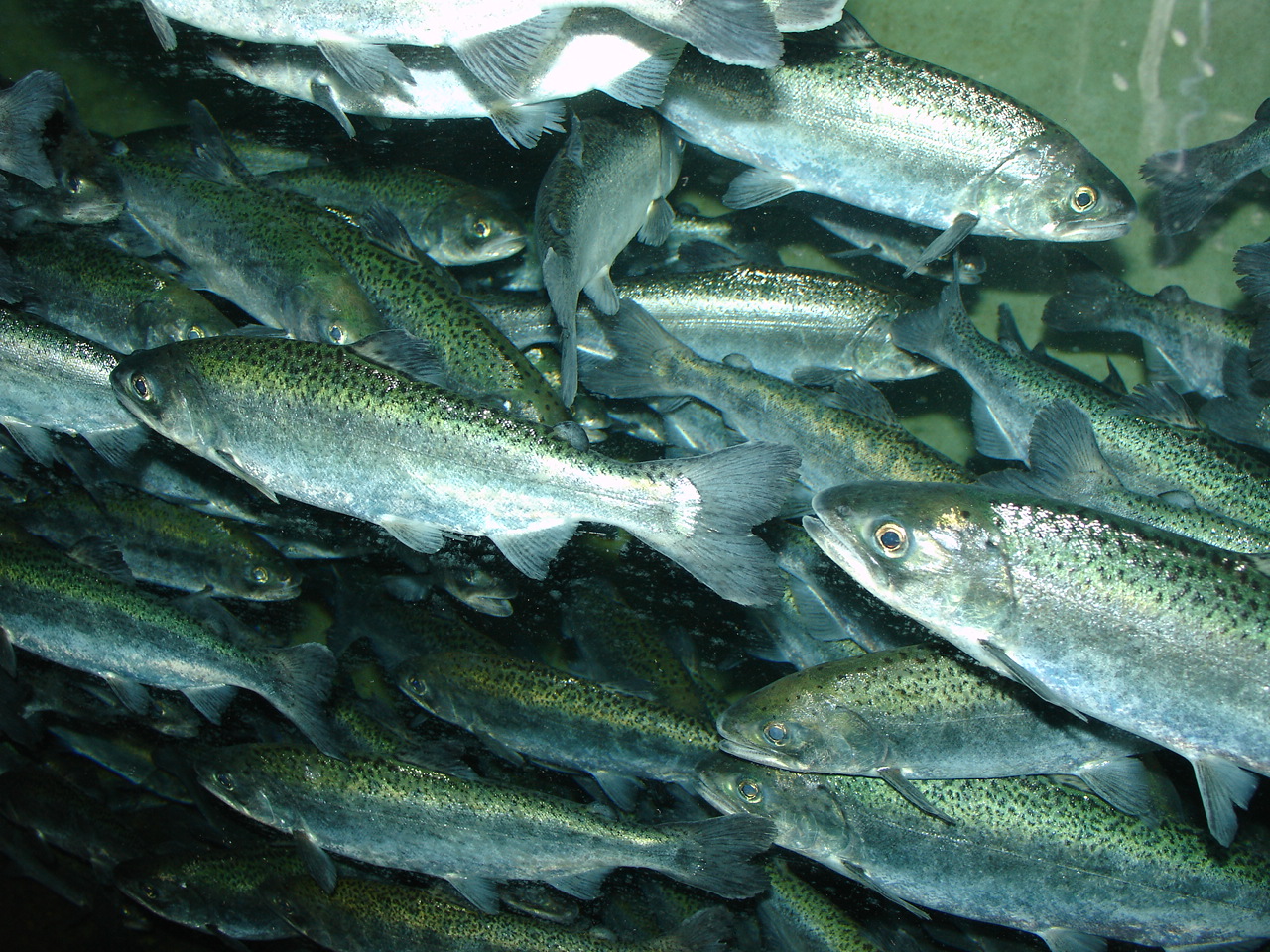
Chinook Salmon swimming together. Source: Wikimedia Commons
Why are salmon important to our ecosystem?
Salmon are important because they bring in Marine-Derived Nutrients (MDN). To understand what MDN is, we must first understand the life cycle of salmon. Salmon are usually born in freshwater streams up in mountains, such as the Capilano River. Once born, they swim down to the ocean to grow. During their time in the ocean, the salmon feed on zooplankton and fish. At the end of their lives, they come back to their spawning grounds to die. This brings back the MDN from the ocean to the rivers and helps replenish the entire ecosystem. These MDN are consumed by the animals that eat the salmon, the decomposers that eat their dead bodies, and then plants grow from the decomposer’s waste from consuming salmon.
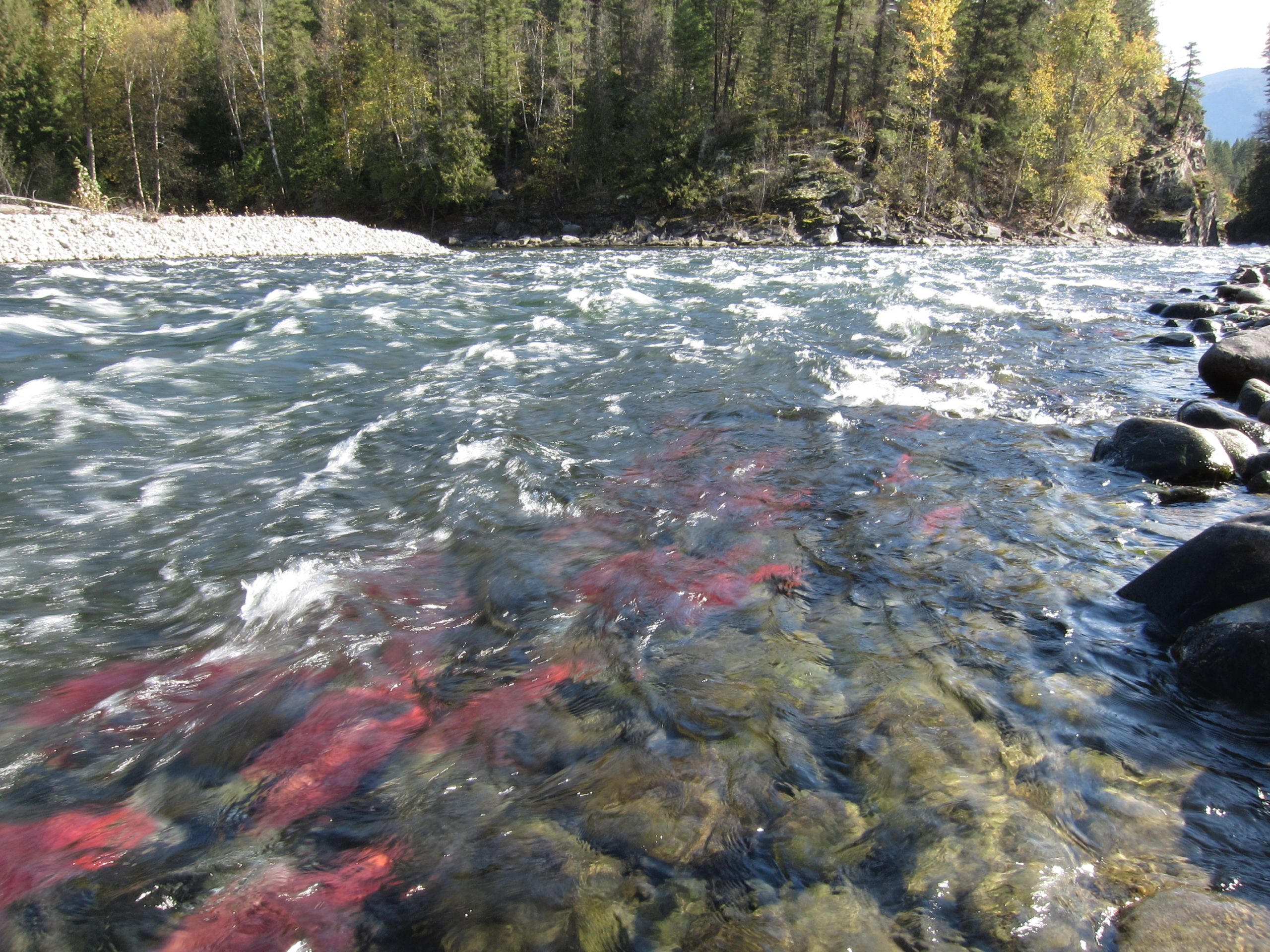
The Adam Rivers Salmon Run, where millions of salmon return from the ocean to their spawning grounds to breed.
Source: Wikimedia Commons
How salmon affect our ecosystem:
Salmon in BC are considered a keystone species due to the MDN the salmon bring in. Without salmon, many animals would be left without a food source. Harbour seals, bears, bald eagles and bass are some of their predators who risk having declining populations as a result of the low salmon return. Bears depend on the consumption of salmon so much so that the population density of bears can be up to 20 times greater in areas where salmon are abundant, versus areas where they aren’t. Not only does salmon play an important role in the river ecosystem, but they also play one in the ocean as well. For example, the Southern Killer Whale is a primary predator for Chinook salmon.

Grizzly bear eating salmon in the river. Source: Wikimedia Commons
Current research being done:
Dr. Andrew Trites and his team have been doing some research on whether harbour seals are causing the decline of Coho and Chinook Salmon. The following video outlines his research in more detail:
As well, find out potential mitigation strategies that can help save the salmon from the harbour seals in our podcast:
Implications on the Economy:
Salmon are the center of economies and cultures. Coastal human communities depend on salmon for both protein and income. The world’s largest sockeye salmon run in Alaska’s Bristol Bay brings in $500 million each year for commercial, recreational, and subsistence fishermen. In southeast Alaska, nearly 48 million wild salmon are harvested each year, with a combined economic value of nearly $1 billion annually.
Moving on:
It is clear that there needs to be action taken to ensure that the decline of salmon species does not occur, and Dr. Trites and his team’s work are critical to understanding the many factors that affect salmon populations.


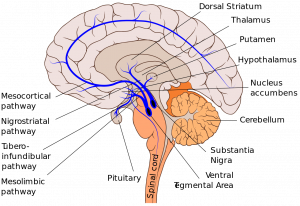
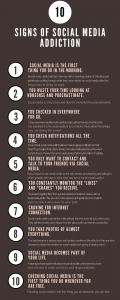 Curing social media addiction is hard. As previously mentioned, companies that make the apps we use purposely design their apps to maximize the use of our dopamine-driven reward circuitry to keep us continually using their apps. Seemingly, the only way to cure the addiction is to simply stop using the apps, and remove them from our phones.
Curing social media addiction is hard. As previously mentioned, companies that make the apps we use purposely design their apps to maximize the use of our dopamine-driven reward circuitry to keep us continually using their apps. Seemingly, the only way to cure the addiction is to simply stop using the apps, and remove them from our phones.